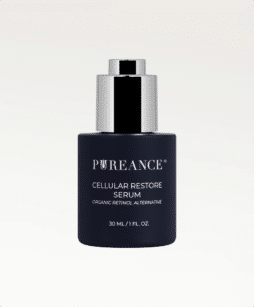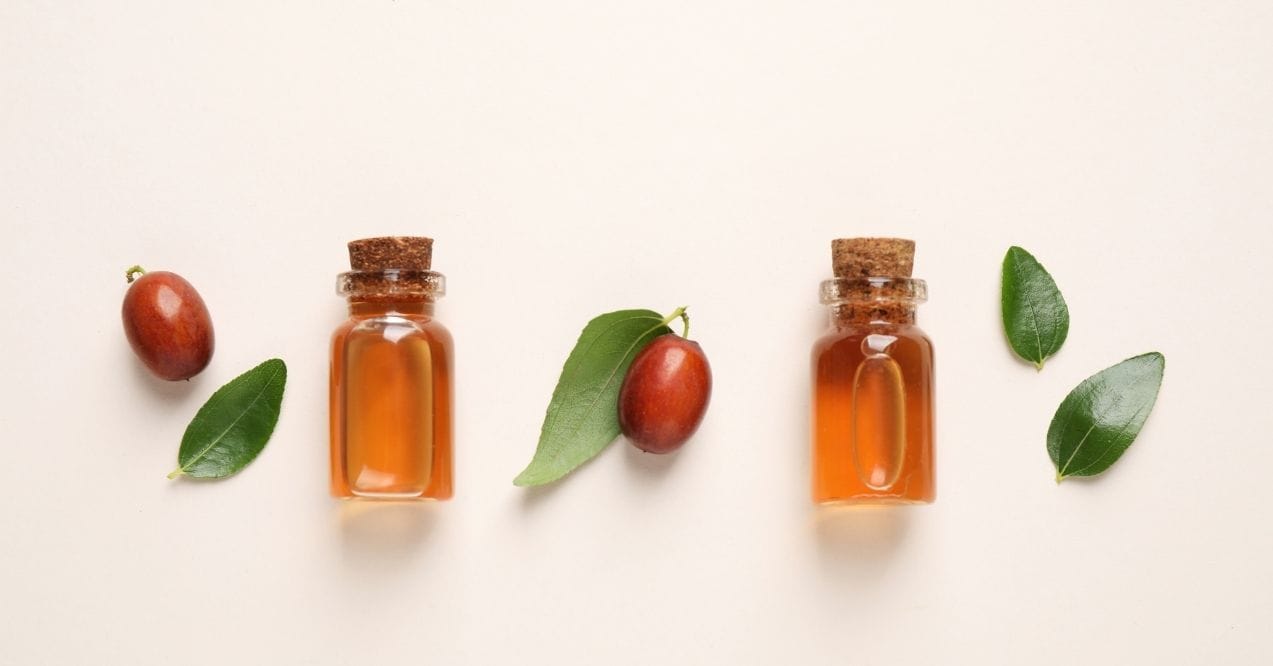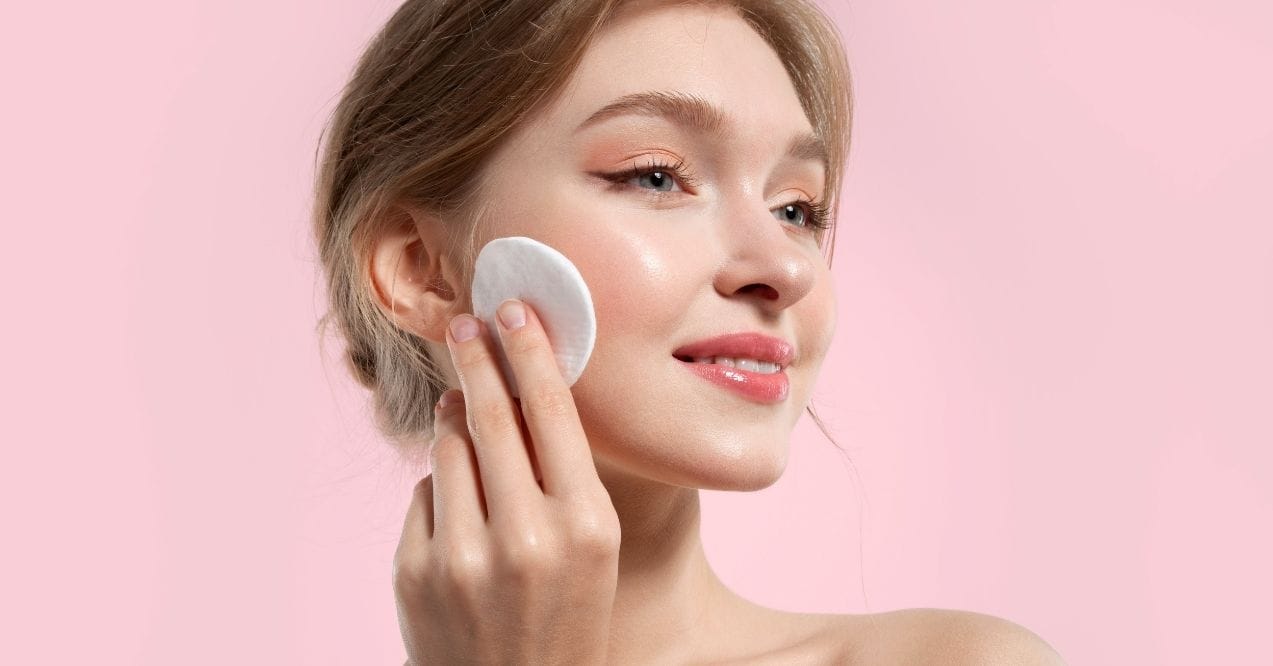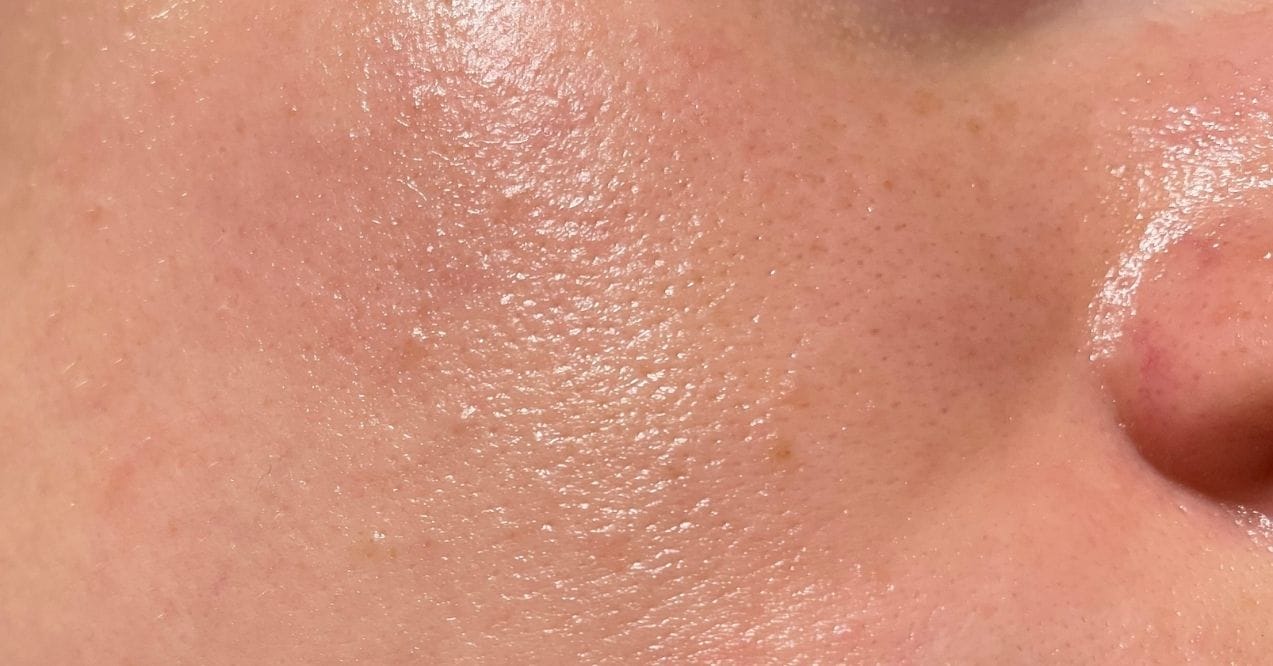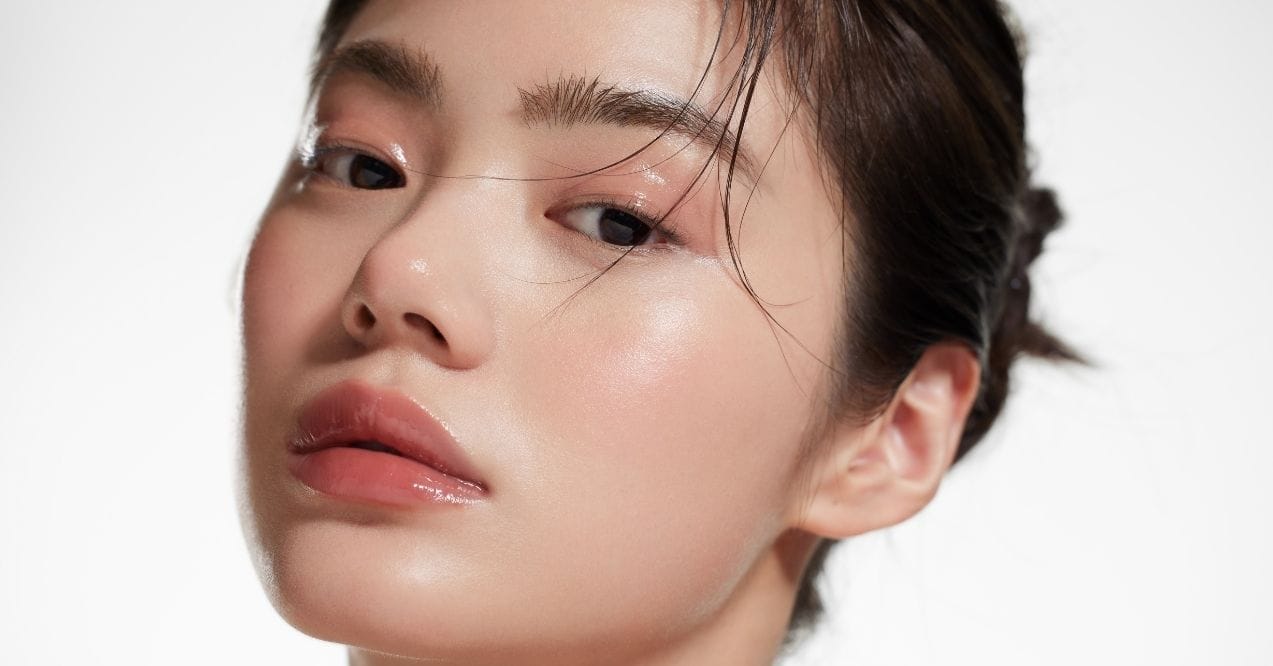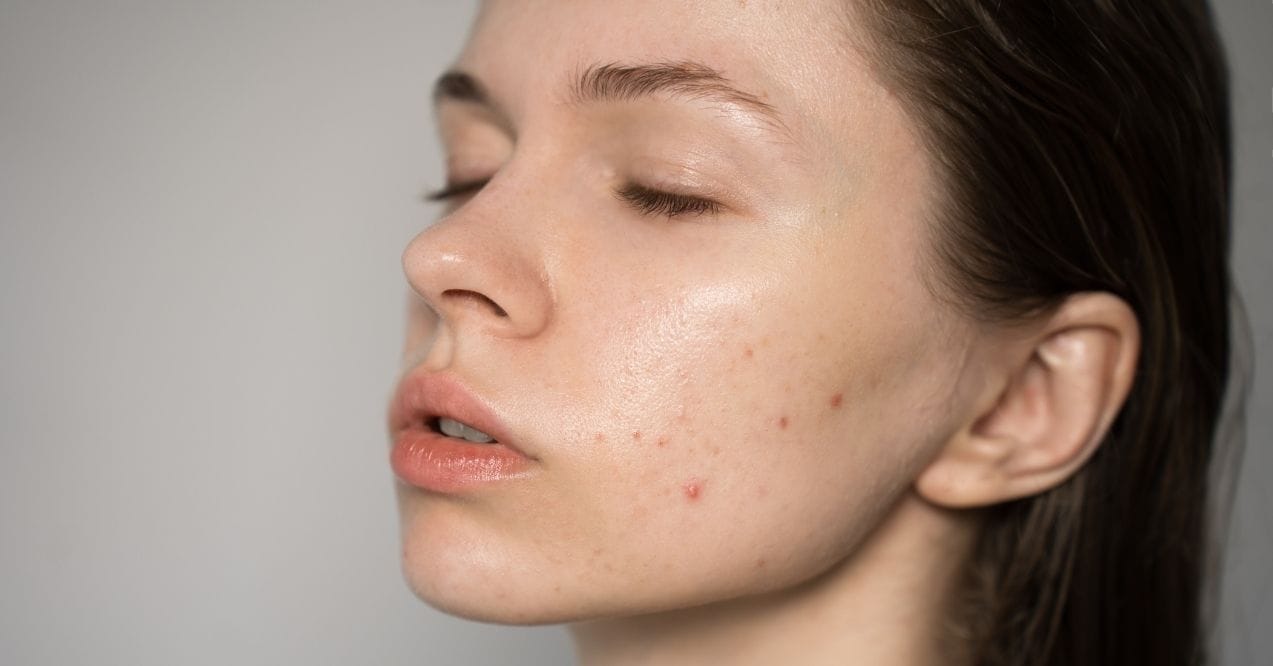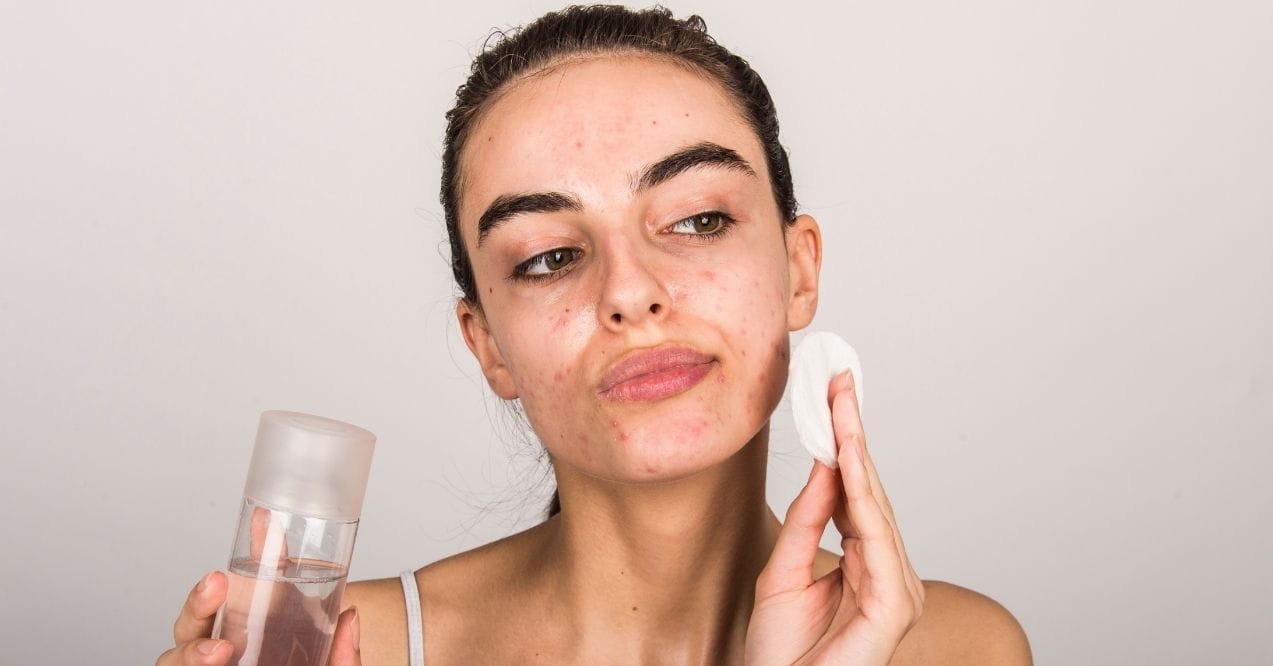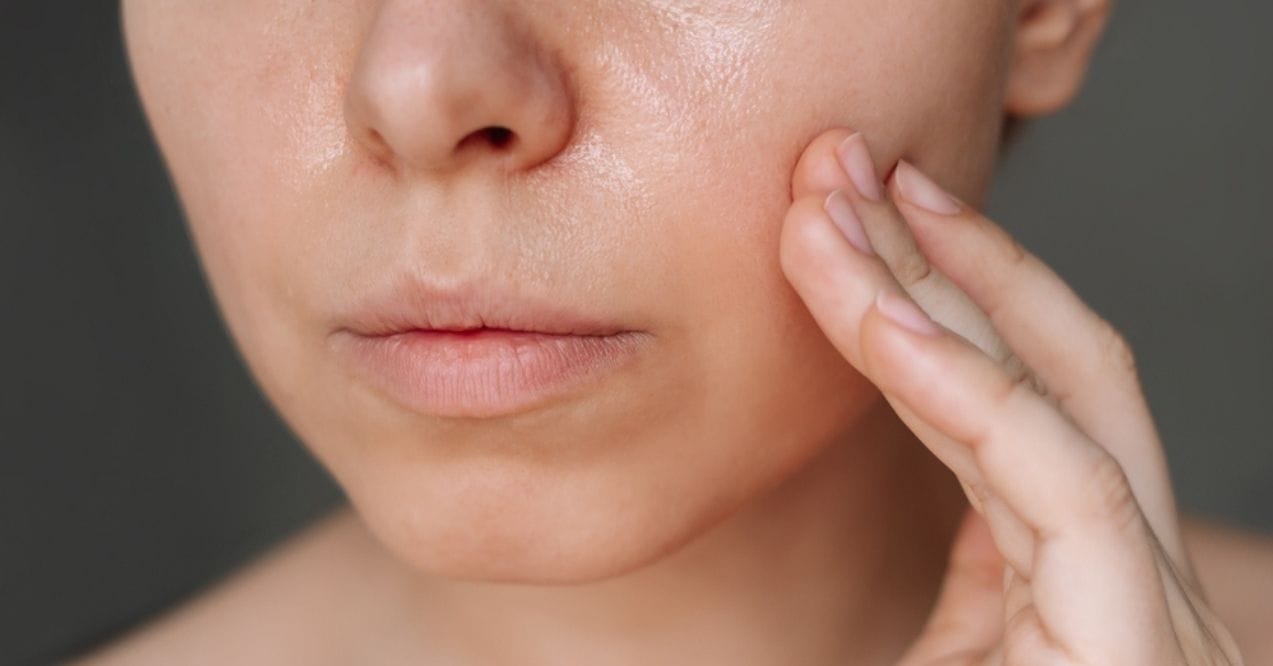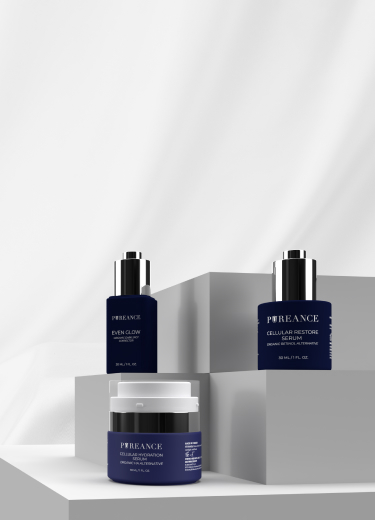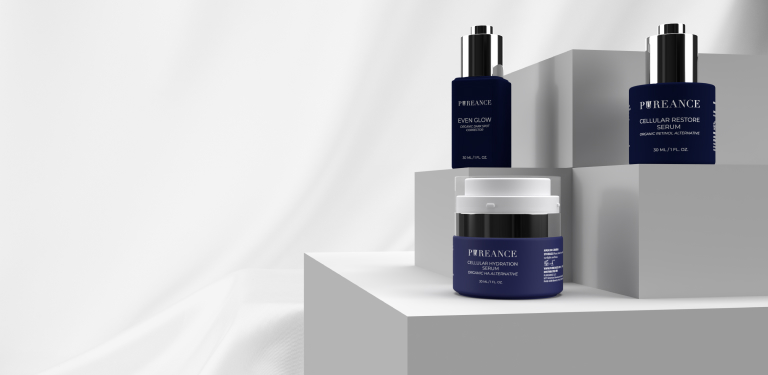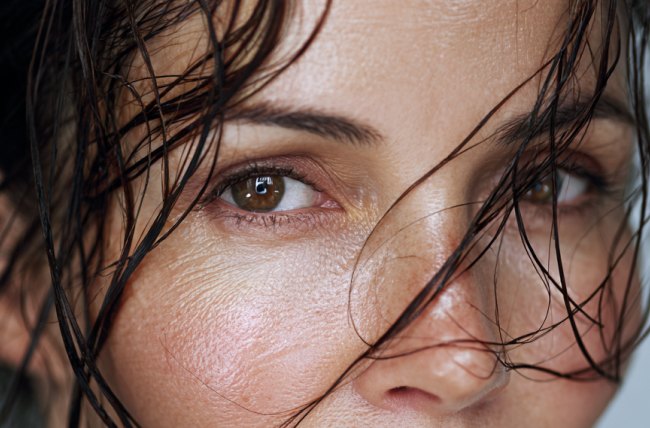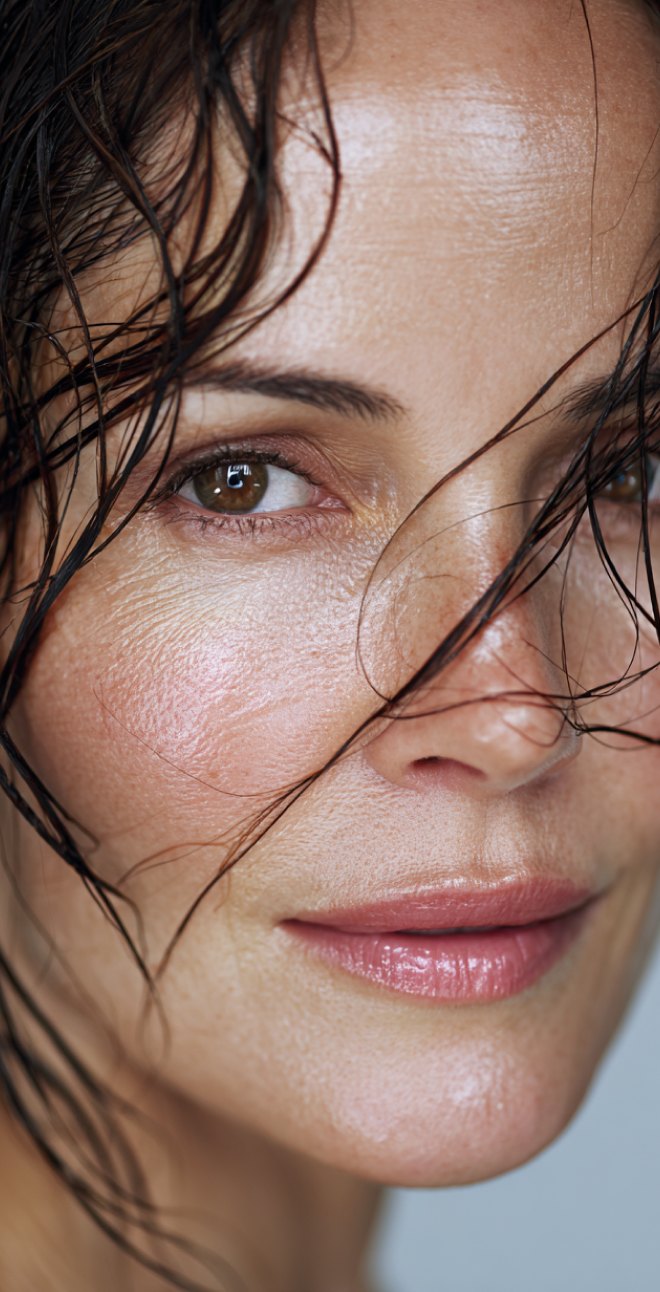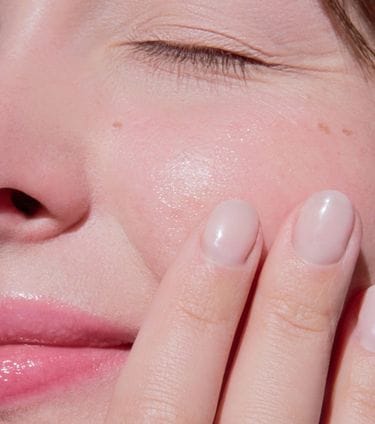
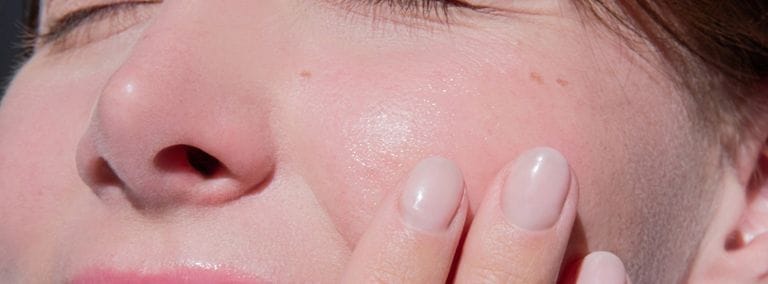

Dewy vs Oily Skin: What’s Healthy and What’s Not
That gorgeous glow you see on magazine covers? It’s the dewy skin look everyone’s talking about. But wait, is your face actually dewy or just oily? The line between dewy vs oily skin can feel blurry, especially when both make your face shine.
One signals healthy, hydrated skin while the other might mean your sebaceous glands are working overtime. Knowing the difference changes everything about your skincare routine.
Let’s dive into what makes dewy skin vs oily skin unique and how to achieve that perfect, healthy radiance without the excess shine.
Key Article Findings
- Dewy skin reflects light evenly across your face, creating a natural luminosity that looks fresh and hydrated.
- Oily skin produces excess sebum that creates patchy shine, especially in the T-zone area.
- Simple tests like blotting paper can quickly reveal whether you have oily vs dewy skin.
- The right skincare balance helps maintain a healthy glow without triggering overactive oil production.
What’s the Difference Between Dewy and Oily Skin?
Defining Dewy Skin
What is dewy skin exactly? Think of it as your complexion’s way of showing off perfect hydration levels. Dewy looking skin has a subtle, all-over luminosity that makes you look refreshed and well-rested. The glow sits on top of your skin rather than coming from within as excess oil.
This radiant finish feels smooth and supple to touch, never greasy or slick. Your makeup glides on effortlessly and stays put throughout the day.
Recognizing Oily Skin
Oily skin takes shine to another level entirely. Your face produces more sebum than it needs, creating visible shine within hours of cleansing. This excess oil tends to concentrate in specific areas like your forehead, nose, and chin.
The texture feels slippery rather than simply moisturized. You might notice enlarged pores and occasional breakouts when oil mixes with dead skin cells.
Quick Self-Checks to Tell Them Apart
The Blotting Paper Test
Press a clean blotting paper against different areas of your face mid-day. With dewy skin, you’ll see minimal oil transfer, mostly from your T-zone. Oily skin leaves significant oil marks across the entire paper.
The pattern tells the story: scattered light spots mean healthy dewiness, while heavy saturation indicates excess oil production. Try this test before making major changes to your skincare routine.
Check Under Natural Light
Natural sunlight reveals the truth about your skin’s shine. Stand near a window and examine your reflection in a hand mirror. Dewy skin creates an even, subtle glow that looks almost pearl-like.
Oily skin produces obvious, reflective patches that look wet or greasy. The shine appears uneven and tends to emphasize texture issues. Pay attention to how quickly shine returns after cleansing for extra insight.
Skin Feel and Texture
Run clean fingers across your face about four hours after your morning routine. A healthy skin barrier with dewy finish feels soft and bouncy, like a well-hydrated sponge. Your skin maintains this pleasant texture throughout the day.
Oily skin feels noticeably slick, almost like you’ve applied too much moisturizer. You might feel compelled to wash your face multiple times daily.
Common Causes of Dewy Skin
Balanced Skincare Habits
That enviable dewy glow often comes from consistent, thoughtful skincare practices. Regular hydration through lightweight serums and moisturizers keeps skin cells plump and happy. Quality facial serums may support your skin’s natural radiance without adding heaviness.
Gentle exfoliation once or twice weekly removes dead cells that can dull your complexion. SPF protection preserves your skin’s moisture barrier and natural luminosity.
Lifestyle Factors
Your daily habits play a huge role in achieving dewy vs oily appearances. Getting seven to eight hours of sleep allows skin cells to repair and regenerate properly. Drinking adequate water throughout the day keeps skin hydrated from within.
A diet rich in omega-3 fatty acids and antioxidants potentially supports that coveted glow. Regular exercise increases blood flow, bringing nutrients to skin cells for natural radiance.
Why Skin Becomes Oily
Overactive Sebaceous Glands
Sometimes your skin’s oil glands go into overdrive, producing way more sebum than necessary. Hormonal fluctuations during puberty, menstruation, or stress can trigger this excess production. Genetics also play a major role in determining how active your sebaceous glands are.
Ironically, over-cleansing or using harsh products may cause your skin to produce even more oil as compensation. Your skin thinks it needs extra protection when stripped of natural oils.
Environmental and Product Factors
Hot, humid weather can amp up oil production as your skin tries to cool itself down. Heavy, comedogenic skincare products sit on your skin’s surface, mixing with natural oils to create that unwanted shine. Using products not suited for your skin type potentially disrupts your skin’s natural balance.
Air conditioning and heating systems may also affect how much oil your skin produces throughout the day. Touching your face frequently transfers oils from your hands, adding to the problem.
Maintaining a Healthy Dewy Look Without Going Oily
Choosing the Right Moisturizer
Selecting an appropriate moisturizer makes all the difference in achieving dewy, not oily skin. Look for lightweight, water-based formulas that absorb quickly without leaving residue. Ingredients like hyaluronic acid draw moisture to your skin without adding oil.
Gel-cream textures work wonderfully for achieving that dewy finish. Apply to slightly damp skin for better absorption and longer-lasting hydration.
Gentle Cleansing Practices
The way you cleanse sets the stage for either dewy radiance or excess oil production. Use lukewarm water and a mild, pH-balanced cleanser that respects your skin’s natural barrier. Avoid scrubbing harshly or using hot water, which can trigger oil overproduction.
Pat your face dry gently instead of rubbing with a towel. Consider double cleansing at night to remove makeup and impurities without stripping essential moisture.
Conclusion
Knowing the difference between dewy vs oily skin transforms how you approach your daily skincare routine. Dewy skin gives you that coveted lit-from-within glow through balanced hydration and healthy skin function. Oily skin, while not necessarily unhealthy, produces excess sebum that can lead to unwanted shine and potential skin concerns.
Simple tests and observation help you identify whether you’re dealing with healthy dewiness or excess oil. With the right products and practices, you can maintain that perfect dewy look without crossing into oily territory.
Your skin’s needs may change with seasons, stress levels, and age, so stay flexible with your approach. Listen to what your skin tells you and adjust as needed to maintain that healthy, radiant complexion everyone desires.
Glowing, dewy skin has an even luminosity that looks healthy and fresh, while oily skin creates patchy, reflective shine especially in the T-zone. The blotting paper test provides a quick answer: minimal oil transfer indicates dewiness, while heavy saturation means oiliness.
Absolutely! Oily skin can achieve a healthy glow with proper care. The trick is balancing oil production through gentle cleansing, lightweight hydration, and regular exfoliation to reveal radiant skin underneath.
Water intake potentially supports skin hydration from within, contributing to a dewy appearance. While it won’t directly create glow, proper hydration helps skin cells function optimally and may improve overall skin texture and radiance.
Products containing hyaluronic acid, vitamin C, and niacinamide may support a dewy finish. Lightweight serums, essence toners, and gel-based moisturizers work well for creating glow without excess oil. Regular gentle exfoliation also helps reveal naturally radiant skin.
This site offers health, wellness, fitness and nutritional information and is designed for educational purposes only. You should not rely on this information as a substitute for, nor does it replace, professional medical advice, diagnosis, or treatment. If you have any concerns or questions about your health, you should always consult with a physician or other health-care professional. Do not disregard, avoid or delay obtaining medical or health related advice from your health-care professional because of something you may have read on this site. The use of any information provided on this site is solely at your own risk.
Nothing stated or posted on this site or available through any services are intended to be, and must not be taken to be, the practice of medical or counseling care. For purposes of this agreement, the practice of medicine and counseling includes, without limitation, psychiatry, psychology, psychotherapy, or providing health care treatment, instructions, diagnosis, prognosis or advice.
